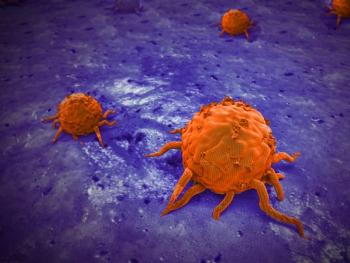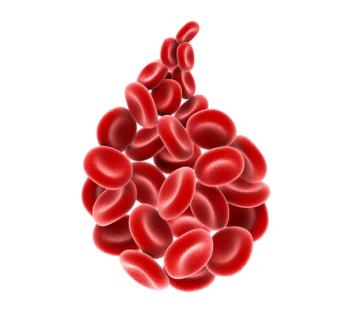
ADCs May Preserve Responses in Later Lines of Ovarian Cancer Therapy
Antibody-drug conjugates like Rina-S may be able to salvage some of the responses that are often lost in the later lines of treatment, according to Elizabeth Lee, MD.
As patients receive “more and more lines of therapy”, their likelihood of responding to treatment falls, according to Elizabeth Lee, MD. After delivering a presentation on the
In RAINFOL-01, rinatabart sesutecan (Rina-S), an antibody-drug conjugate (ADC), yielded responses in patients with ovarian cancer who were heavily pretreated. The overall response rate (ORR) with 100 mg/m2 of Rina-S was 22.7% with 0 complete responses (CRs); with 120 mg/m2 of Rina-S, the ORR was 55.6% with 2 CRs.
Lee stated the general hope with ADCs is that they’ll be able to salvage some of the responses that are generally lost in the later line of treatments, which will make sequencing the drug important.
“We’re trying to move these more effective agents up closer into the first and second line of therapy,” she said.
Transcript:
What we worry about is that with more and more treatment—more and more lines of therapy—in general, what we see across every therapy is that the likelihood of a response starts to decline, which is very unfortunate. The hope with ADCs, including Rina-S, is that we might be able to deliver very potent cytotoxic payloads in a way that we can rescue some sort of response. As we’re thinking about, overall, the class of ADCs and how they’re emerging into our standard of care armamentarium, sequencing is going to be important. I wish we had much more data as to whether there’s a loss of, for example, FRα expression or whether it’s more based on the payload mechanism side, but I would say overall that we’re trying to move these more effective agents up…into the first and second line of therapy.
Reference
Lee EK, Yeku O, Winer I, et al. Rinatabart sesutecan (Rina-S®) for patients with advanced ovarian cancer: results from dose expansion cohort B1 of a phase 1/2 study. Presented at the 2025 Society of Gynecologic Oncology Annual Meeting on Women’s Cancer (SGO); March 14-17, 2025; Seattle, WA. Abstract 809034.
Newsletter
Stay up to date on recent advances in the multidisciplinary approach to cancer.

















































































